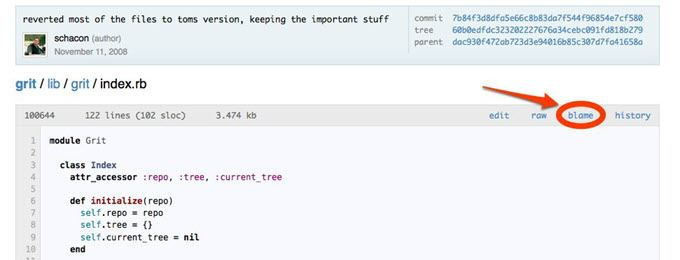Work together more effectively on any project
GitHub is an online hosting service for mostly computer code with version control. Think about Github as a cloud-based development service for code and other similar types of files. Github boasts over 30 million users who are all sharing, developing and working together to build tomorrow’s software.
It hosts source code projects in different programming languages and keeps tracks of every iteration and every change. Also, everyone on your team can work together on the same projects from anywhere in the world.
GitHub is most helpful for projects with multiple collaborators. It also means that software and app development teams can use a centralized repository where users can upload, manage code and make synchronistic edits.
When using other cloud-based systems such as Dropbox, changes can override each other. The first one to save their work takes precedence over another team member who might be trying to make changes at the same time.
Despite the fact that GitHub is mainly used by engineers and programmers, it can just as easily be employed by those with less technical experience as a way of sharing and collaborating on any file type.
For example, team members who find they need to make changes to Word documents often can benefit from version control capabilities.
1. Tracking Your Coding Projects
The bedrock of GitHub’s platform is the capability it has to trace projects by employing the distributed version control system Git (a program that tracks developments and alterations made to files.)
Team members can view a complete overview of any given project. A progress bar will show active tasks, a list of to-dos, and what has been completed.
GitHub also allows users to track project boards from other organizations by entering the URL of a project into the note field. If you want to, you can turn the tracking off for any given project.
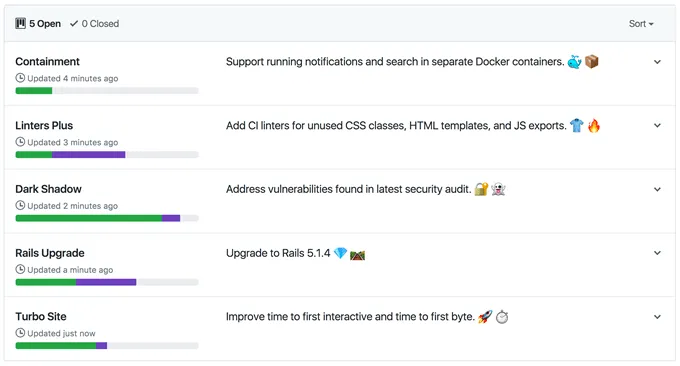
2. Using Keyboard Shortcuts
Most of us are familiar with the use of keyboard shortcuts as a means of performing multiple or repetitive tasks more quickly.
Almost every page on GitHub includes a list of shortcuts that can be used on that specific page. You can access the shortcut by typing “?” into a dialogue box.
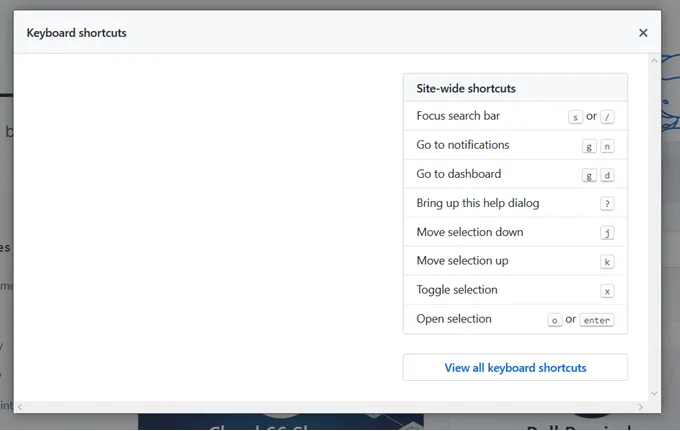
3. Explore Other Projects
Most developer teams use GitHub to host and manage their own projects. However, it also helps to see how others are using the platform and to browse their projects. You might get some new insights, ideas, and inspiration to use for your own projects.
Find out what is trending in the GitHub community, connect with other members, and search by labels or topics for more insights.
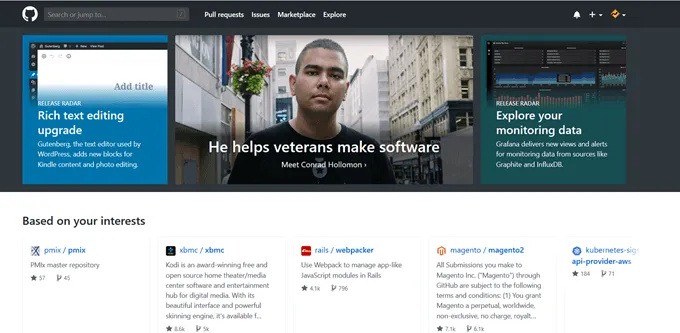
For a platform that is primarily about coding, Github is incredibly “people-friendly” and shines as a user and community-centric environment. Their emphasis on user-focused development is embedded in the culture of Github itself which holds a top twenty position among the world’s most employee-friendly workplaces.
4. More Than Just Coding
Many assume that GitHub is only useful for developers. However, it is also a resource for many other niches. Two of the main collaborative features of GitHub that are helpful to anyone are branching and forking.
Forking allows users to create a copy or clone of someone else’s work if they have access to it. The primary hyperlink to the source can be preserved while the developer tests the content, performs edits and revisions.
With the branching tool, users can create a temporary copy of a resource. This prevents different users working on the same content simultaneously from applying incompatible changes to the project.
Branching and forking are valuable tools for users working on synergetic projects. Below are several ways teams of any type, not just coders, can benefit:
- Travel logs
- Legal documents
- Musical compositions
- Data visualization for journalists
- Blogging and content marketing
- Recipe sharing
5. Create a Repository
A repository is a fancy way to describe the space where your project lives. Your options of where to store your data are:
- Any online host
- A folder on your computer
- GitHub storage space
You can store any type of file in your repository including images, text, and code files. Getting underway with your first repository is not difficult. First, you will need to create your own GitHub account.
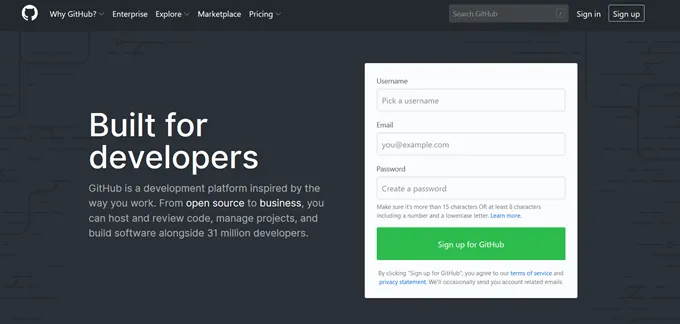
The next action is to click on the plus+ sign found in the top right-hand corner while logged in. Select “new repository”.
You will then see a screen that looks like this:
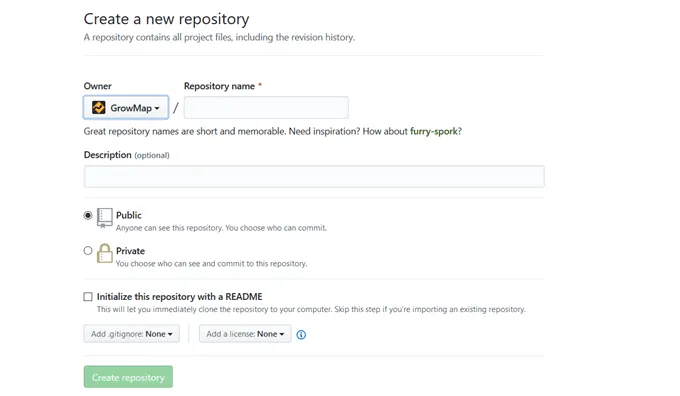
Take note that repositories are public by default. If you would rather that access was restricted and you don’t want everyone to view your progress, you can select only those you want to see your content. If you prefer to maintain some privacy, you will have to upgrade to a paid service…
6. Use READMEs Effectively
The purpose of a README file is to get users interested in your project. You can add your file while you begin to build a dedicated repository.
Those who use the WordPress platform are familiar with README files. Prior to installing plugins, your work team can read this file to get a clearer idea of what the plugin is likely to do and how best to use it.
Don’t make your file long and boring as it will more than likely turn users away rather than have them stay around to read more. Some suggested best practices for README files include:
- Descriptive titles
- Header images
- External links to additional documentation
- Short feature lists
- Clear and concise summaries
7. Follow Others
Interact with others on GitHub by following their profile. You will be able to monitor what others are working on from within the public repositories and will also receive notifications about their activity on your own personal dashboard on Github.
You will find a plethora of great ideas for your own development projects, you can collaborate with team members in your niche or work team and share your knowledge and expertise.
To follow someone in GitHub, you can search by topic or niche, navigate to their profile page, and click “follow.”
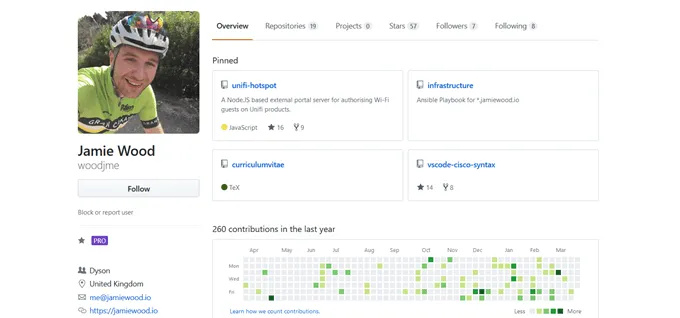
8. Join the Conversation
One of the many benefits of open source platforms is the ability to collaborate, learn, share, and communicate with others.
There is no cost to use Github and explore its potential. The purpose of open source is to help make solutions better using contributions from the masses.
Learn or improve your skills or help others learn from your experience and expertise.
By meeting up with a community on GitHub, you will be able to follow the development of projects that interest you, make duplicates of those projects and experiment in your own private repository.
To find a community you are interested in joining, use the “explore” function to search for collections related to your field of interest.
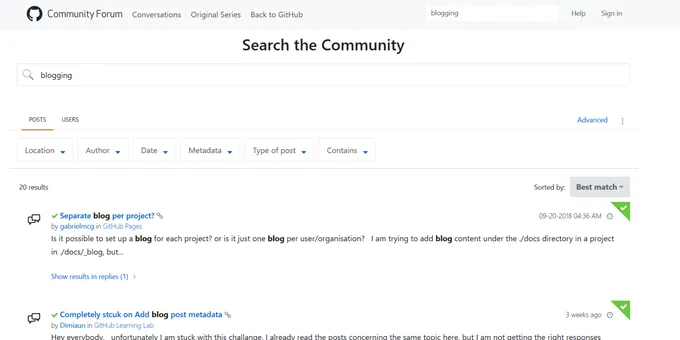
9. Showcase Your Best Work
If you are an active social media user, you understand the power of pinned posts. For example, if you pin a new post to your Twitter profile, it will stay at the top of your feed and be viewable by anyone viewing that profile.
Facebook pages have the same feature. By pinning posts to your social media profiles, you are making sure that your visitors will see your favorite post first rather than having to search through your entire feed.
GitHub also allows you to pin your favorite or most relevant repositories to your profile page. Users with a free account can pin up to six repositories that will remain on the top of their profile.
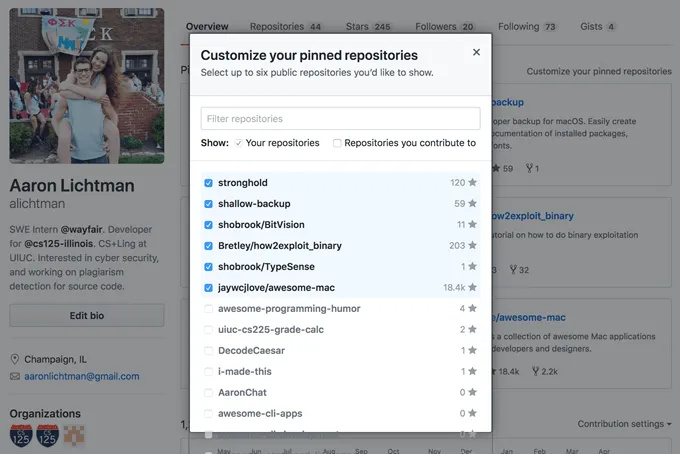
10. Know Who to Blame
Yes, there is a button in GitHub called “blame”. It might not be a kind word, but it’s a useful feature. If you want to see who made a specific change in a file, play the blame game.
From the blame view of a file, you will be able to see the entire revision history line-by-line. Or you can examine the changes made or version history of any line.
If something is broken or not working correctly, this function can help to identify which team members need to work together towards a solution.
